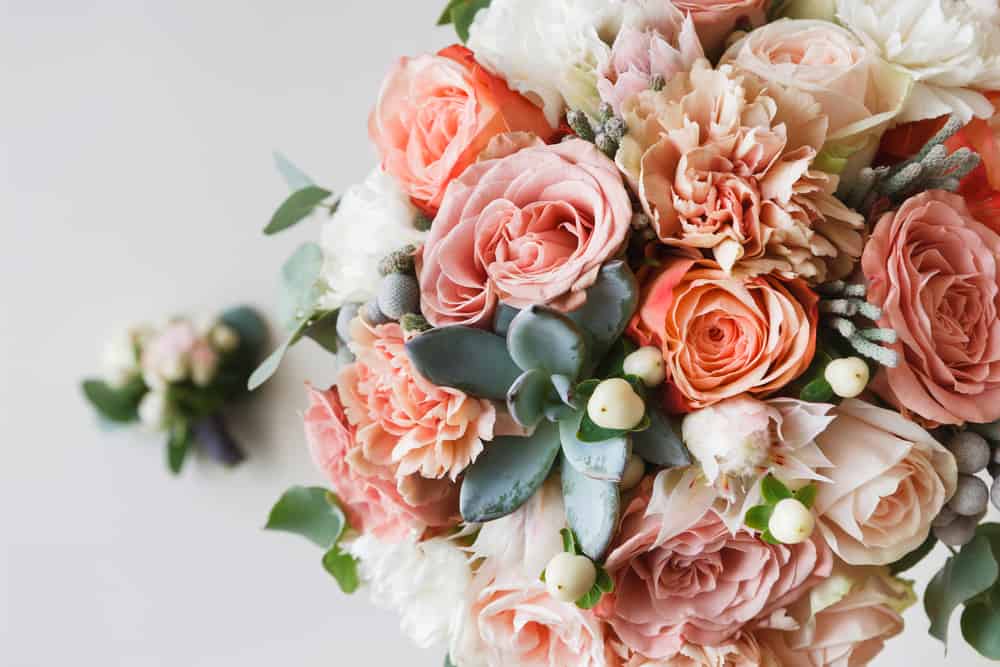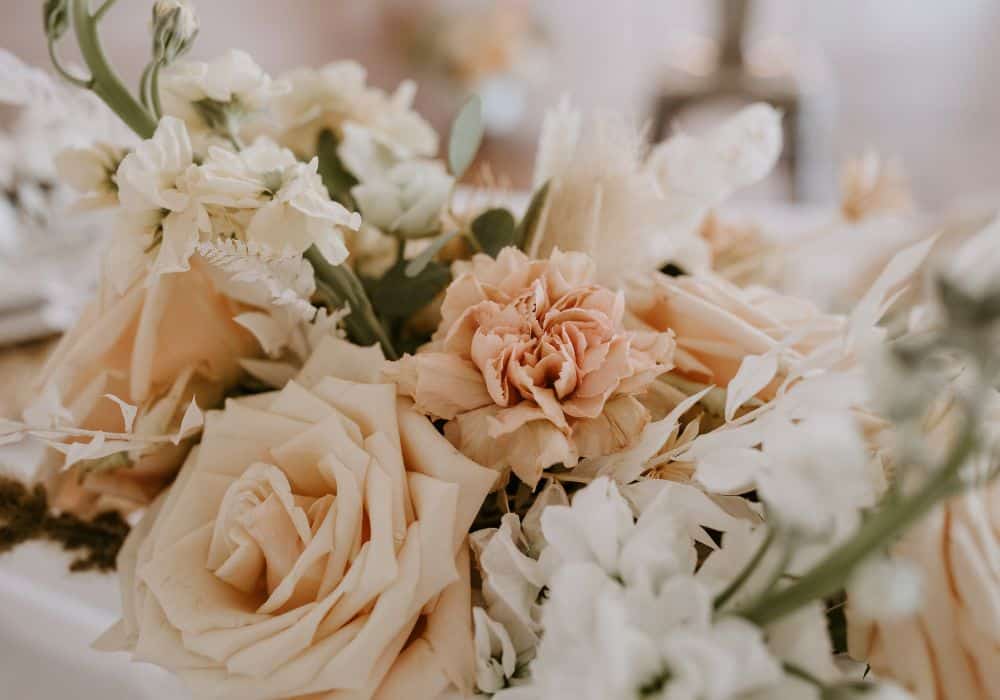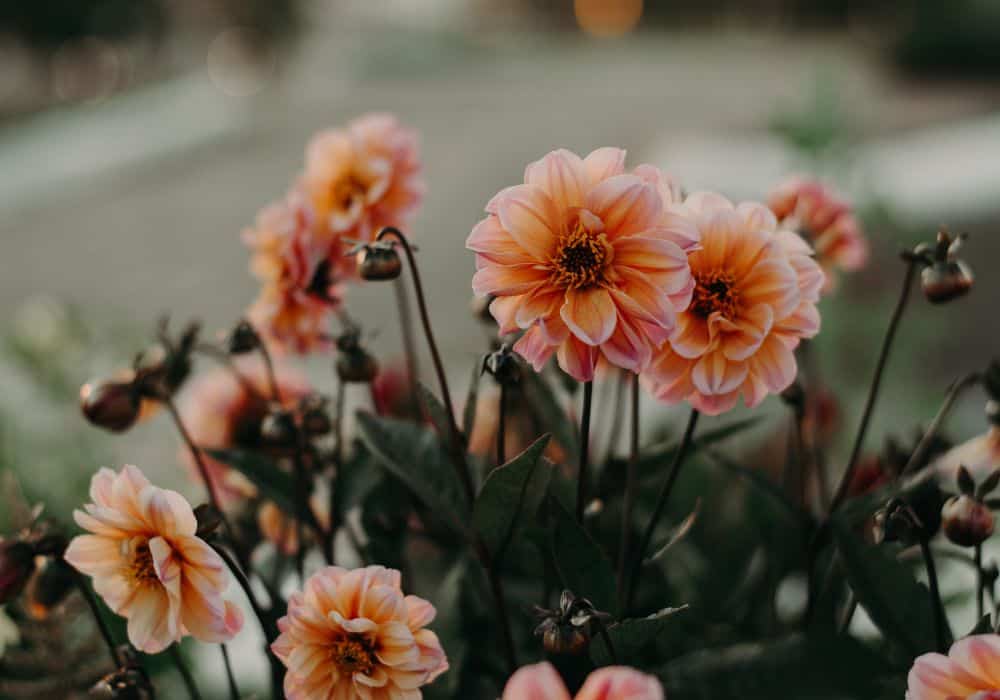There is a certain kind of magic in the air as we step into a garden, where flowers bloom in a riot of colors and fragrances as the very soul of Earth. Each flower seems to whisper something to the soul. What is this? It’s a tale as old as time.
The charm of flowers has been glorified through countless poems, paintings, and cultural traditions. But beyond their aesthetic beauty lies a realm teeming with spirituality and hidden meanings. This article seeks to tread into this mystical domain, delicately unfurling the spiritual aspects of flowers that can be sent via flower delivery Philadelphia, and unveiling the sacred symbolism each of them holds.
Flowers, with their ethereal grace and timeless charm, have a profound spiritual significance that transcends the sensory experience. They carry hidden secrets, which, when decoded, can deepen our connection to the divine, nourish the soul, and create pathways to a more enlightened understanding of our place in the cosmos.
The Language of Flowers
When we delve into history, we find that flowers have often served as more than just objects of beauty; they have been means of silent but powerful communication. This communication through flowers is known as “Floriography” – the language of flowers. Floriography was particularly popular during the Victorian era, where social norms were strict and expression of emotion was forbidden. By exchanging flowers, people could express their feelings like love, friendship, and sorrow without uttering a single word. For example, red roses symbolized passionate love, while daisies were for innocence.
However, this language is not exclusive to the Victorians. Different cultures all over the world have ascribed symbolic meanings to flowers. In ancient Egypt, the blue lotus was revered for its association with rebirth and was often depicted in hieroglyphs and art. In China, the plum blossom signifies perseverance and hope, while the peony is a symbol of wealth and honor. The Japanese art of Ikebana, a tradition of floral arrangement, has been a spiritual practice for centuries. People believe that the arrangement of flowers harmonizes the spirit.
Flowers also bear spiritual connotations across various religious traditions. In Hinduism, for example, the lotus represents purity and enlightenment. It is associated with several deities, notably the goddess Lakshmi, who is often depicted seated on a lotus. The lotus is also significant in Buddhism, symbolizing the soul’s journey to enlightenment, much like the flower that grows from the mud and then blooms.
In Christianity, the white lily, often called the Madonna Lily, symbolizes purity and is associated with the Virgin Mary. Another example is the passionflower, which has been used to symbolize the crucifixion of Christ due to the flower’s structure resembling the crown of thorns and other elements of the Passion.
Certain flowers also have a religious context. They are associated with transcendence and the ethereal. Orchids, for instance, have been associated with spirituality, beauty, and strength, often seen as a connection to the mystical.
Sacred Rituals and Practices
Flowers have always been connected with sacred rituals and spiritual practices throughout history. Their fragrance, colors, and forms have served to elevate the spirit, ushering in a sense of sanctity and reverence.
In meditation, flowers often play an important role. Many practitioners use flowers to create a serene atmosphere that aids in focusing the mind. The sight and scent of flowers, such as lavender and jasmine, are believed to promote calmness and clarity. In some Buddhist traditions, contemplating the impermanence of a wilting flower can be a meditation in itself, bringing about a profound understanding of the transient nature of life.
In prayer and offerings, flowers act as symbols of devotion and respect. Hindu rituals, for instance, are replete with the use of flowers. Marigolds, known for their vibrant orange and yellow hues, are widely used in ceremonies and festivals like Diwali and Dussehra. Similarly, in Balinese Hinduism, flowers are an essential component of daily offerings called Canang sari, which are made to thank the Sang Hyang Widhi Wasa God.
Ancient Greek mythology and practices also highlight the significance of flowers. They were often used in rituals to honor the gods and goddesses. Roses, for instance, were associated with Aphrodite, the goddess of love, and were used in ceremonies dedicated to her.
In Christianity, flowers play a symbolic role in various celebrations. For example, during Easter, lilies symbolize the resurrection of Jesus Christ and are used to adorn churches. In the Roman Catholic tradition, there is a ceremony known as the “Blessing of the Roses” dedicated to Saint Thérèse of Lisieux, wherein roses are blessed and distributed to the congregation as symbols of love and devotion.
The indigenous traditions of the Americas also exhibit a deep connection with flowers. In Native American cultures, tobacco is often considered a sacred plant, and its flowers are used in rituals for purification and offering thanks. In the ancient Aztec civilization, flowers had a central role in religious ceremonies, and the goddess Xochiquetzal was associated with flowers, beauty, and fertility.
The Day of the Dead, a Mexican holiday, features marigolds as a significant element. They are believed to guide the spirits of the deceased back to the world of the living with their vibrant color and scent.
In Sufism, a mystical form of Islam, the rose is particularly symbolic and is often used in poetry and art to represent divine love and the human soul’s longing for connection with the Divine.
These examples highlight the perennial presence of flowers in sacred rituals and spiritual practices. Flowers, in their humble elegance, serve as bridges between the terrestrial and the divine, enhancing the depth and meaning of the connections we seek in our spiritual journeys.
The Healing Power of Blooms
Beyond their spiritual significance and role in rituals, flowers have also been recognized for their therapeutic and healing properties. Various holistic practices integrate flowers as essential components in the journey toward well-being and spiritual balance.
In traditional herbal medicine, flowers have been used for centuries to treat a plethora of ailments. For instance, chamomile flowers are renowned for their calming effects and are often used in teas to alleviate anxiety and promote sleep. Similarly, the flowers of the calendula plant are employed for their anti-inflammatory properties and are used to soothe skin irritations.
One intriguing aspect of flower-based therapy is the concept of flower essences. Developed in the early 20th century by Dr. Edward Bach, a British physician and homeopath, Bach Flower Remedies involve the use of essences extracted from flowers to address emotional and mental imbalances. According to Dr. Bach, the energy or vibration of the flower can positively affect human emotions. For example, the essence of the Star of Bethlehem flower is believed to offer comfort during trauma and shock.
Another holistic practice is aromatherapy, which utilizes essential oils extracted from flowers to influence mood and promote mental and physical health. Lavender, for example, is widely used for its relaxing and anxiety-reducing effects.
Furthermore, anecdotal evidence suggests that flowers can guide individuals in their spiritual growth. For instance, the renowned author and spiritual teacher Eckhart Tolle often speaks about the spiritual lessons that flowers can teach us. He suggests that the unassuming beauty of flowers can help individuals become more present and find peace in the moment.
In essence, the delicate blooms that grace our world with their beauty carry within them a reservoir of healing power. Through their essences, scents, and mere presence, they have the ability to tenderly touch our emotions, alleviate our mental burdens, and guide us along paths of spiritual enlightenment. In these ways, flowers serve not only as symbols and offerings but as nurturing companions in our holistic journey through life.
Final Saying
As we draw this botanical journey to a close, it is essential to reflect upon the diverse tapestry of wisdom and spiritual essence woven through every flower. We ventured into the historical language of blossoms, where flowers served as silent ambassadors, communicating emotions and feelings through their colors and forms. Across different cultures and traditions, we discovered that flowers have been cherished as sacred symbols, embodying virtues such as love, purity, enlightenment, and transcendence.
We further navigated the verdant paths of sacred rituals and practices, where flowers have been an intrinsic part of offerings, prayers, and meditations, acting as bridges to the divine. Through the rituals, we understood how flowers foster spiritual connections, guiding human spirits toward higher planes of existence.
In exploring the healing power of blooms, we touched upon the therapeutic properties of flowers. Through flower essences and holistic practices, we learned that flowers can harmonize emotional, mental, and spiritual energies, contributing to well-being and inner peace.
As we come to the end of this article, let us reinforce the notion that within each bloom lies an untold secret, a whisper from the universe that holds the potential to deepen our spiritual connection. By recognizing and embracing these hidden gems, we can unearth layers of meaning and purpose in our lives.
We invite you, dear reader, to pause amidst the hustle of everyday life and allow yourself to be enchanted by the symphony of blossoms that surrounds you. Explore their spiritual symbolism, breathe in their fragrances, and let the delicate touch of their petals remind you of the intricate beauty and profound spirituality woven into the fabric of our existence. In these moments of communion with flowers, may you find a blossoming of your own soul.



